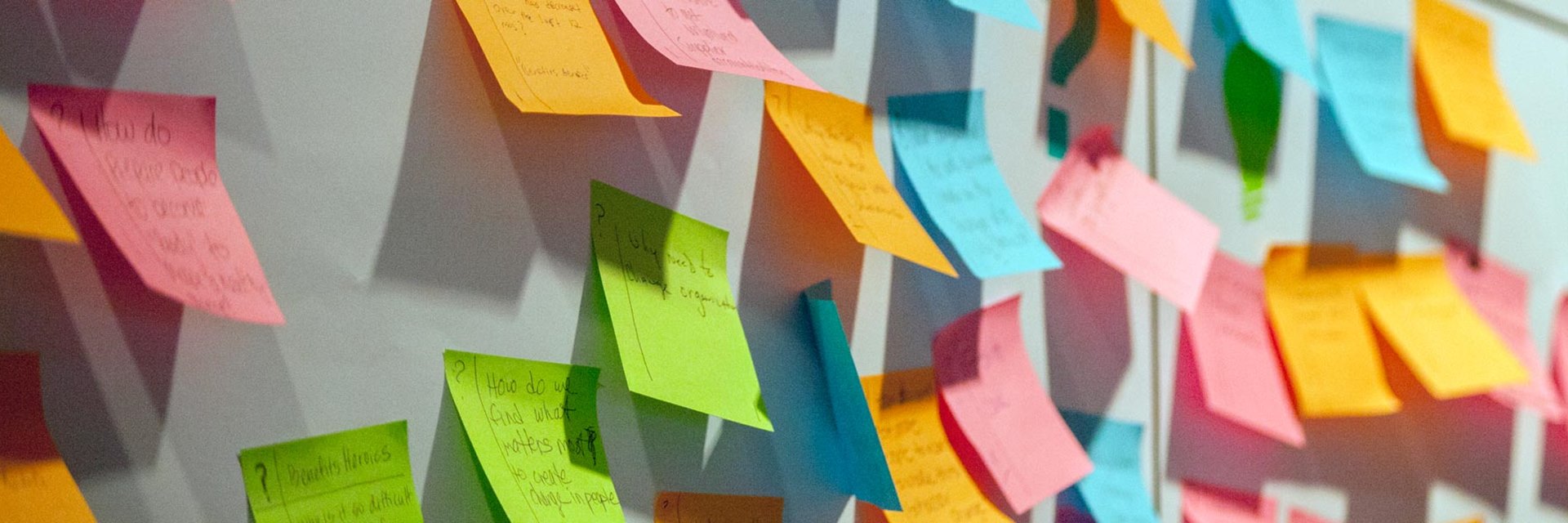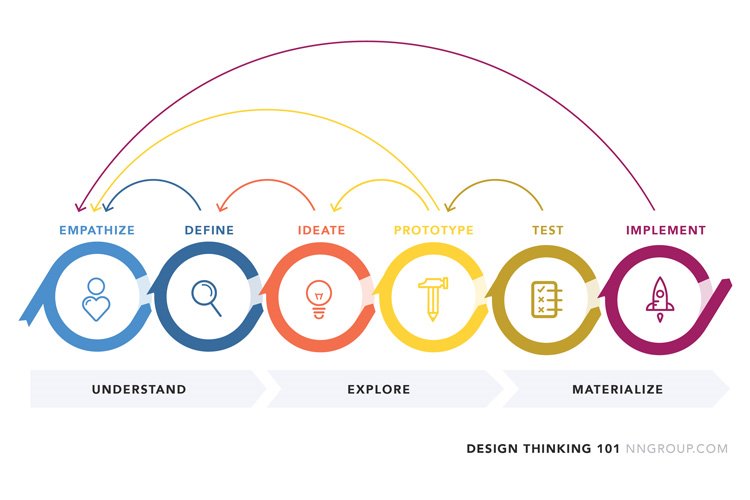Design Ideology: Give the people what they want – or what you want?

A primary framework used by designers of all types of end products is known as design thinking. Design thinking is “a formalized framework of applying the creative design process to traditional business problems.” At its core, design thinking is a user-focused, iterative approach to problem solving aimed at leading to innovation and invention.
The fundamental component of design thinking is empathy with the user. Rather than producing something and relying on marketing or necessity to convince users to adopt, design thinking instructs us to observe, talk to, and ultimately empathize with our users to create something that fits a need or fills a gap.
From a business perspective, this philosophy of user-centric creativity focuses on finding openings in markets and using differentiation to create an advantage. Essentially, the aim is to produce something that already has a waiting market. With this reputation for leading innovation and creating a step-by-step guide to creativity, design thinking has been adopted as a methodology by many in the creative community.
The process of design thinking is circular and iterative, relying on prototyping and user testing to refine an idea. First, we seek to understand the user and the problem to be solved through empathizing, learning about the user, and defining the problem itself clearly. Next, we explore solutions and methodologies through brainstorming and prototyping. Finally, we materialize our solution by testing it with users, getting feedback, making necessary changes, and implementing the solution.
This process has many advantages over a less structured approach to design. It is flexible, with each part of the process being as iterative as it needs to be inside the whole. It is not a step-by-step guide to creation and can be taken apart and repeated as needed to achieve the desired effect for a project. It is also scalable and translatable through multiple fields of practice, not just traditional design roles.
Seeking to define the process of design thinking lets us minimize the essentially chaotic nature of predicting solutions to our users’ problems.
"Design thinking exists in a context that is chaotic and unpredictable by nature, and yet the act of predicting is central. By prototyping and testing, we are essentially gathering evidence about what the outcome of our design will be, and whether it will effectively solve the problem we have defined. The process ends when we feel confident in our prediction and happy with the result." – UX Designer Josh Singer
Singer points out that the iterative and tested solutions provided by the design thinking process are good at predicting solutions to problems in the short term. However, because the future is essentially unpredictable (especially in a field as technology-reliant as web design), design systems and problem solving frameworks like design thinking are the best way to consistently provide reliable solutions.
As designers, though, does using a framework like design thinking restrict our more creative impulses? Designer Natasha Jen makes the point that skepticism is an essential part of the design process: “I would like to propose the idea that the designer is a skeptic…I think that really opens up the ability for us to question things around us, and that also asks us to think about a cultural and attitude shift that needs to happen.”
Jen touches on an idea that we often wrestle with in our work: is the democratization of the design process the way to the best end product? She invokes the work of Russian artists Komar and Malamid, who polled people in 11 countries about their “most wanted” and “most unwanted” paintings. These polls showed that people the world over favored simple landscapes in a classical style. The artists wanted to make a point that the artist’s role in society is to challenge and lead through art, rather than cater to the majority’s palette. As Jen puts it, “This is [a] very kind of enlightening study in that, not all user feedback is good. And oftentimes user feedback is the bottom line and we should strive to do better than that.”
So as web designers working for companies to create essentially useful projects, we need to embrace parts of both philosophies. Empathizing with the user in order to solve often very obfuscated problems is ultimately our job, and if we stray too far from that into the avant-garde of creating something too challenging for our users, we’re simply not doing our job. At the same time, we simply cannot hand the pencil over to users or clients and expect their direction to be the sole way forward. Simply put, there must be practical application of both empathy and skepticism in good design ideology.

